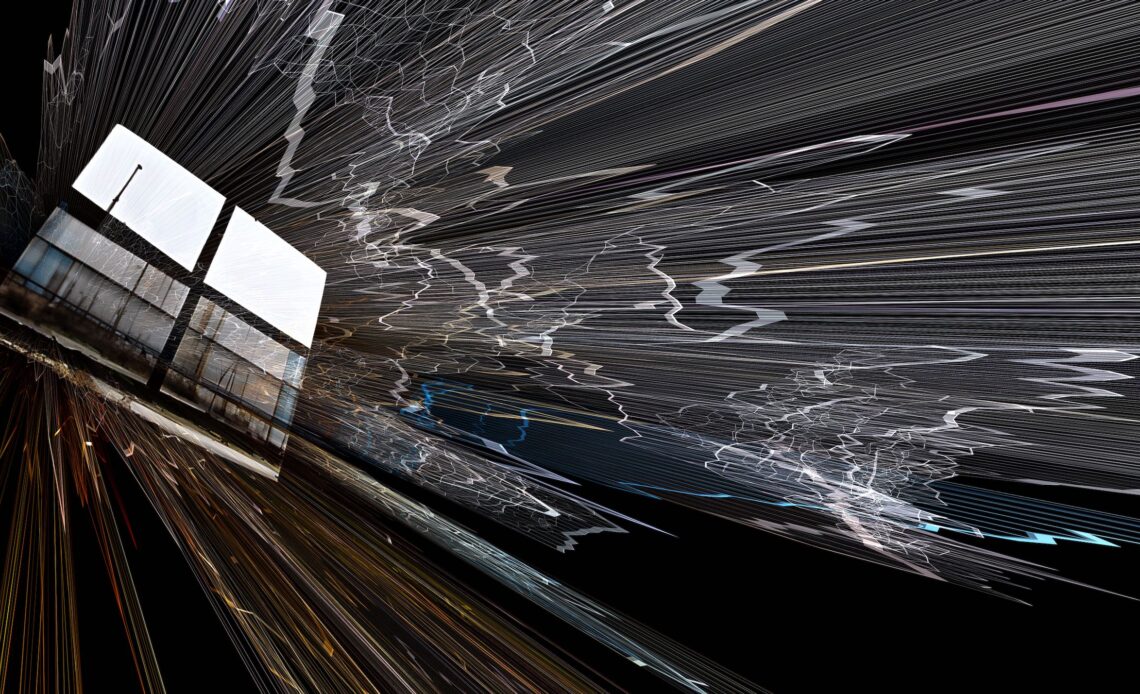
"(dis)appearance" explores our relationship with technology and the digital world.
Crédits photos : Arash Akbari
“(dis)appearance” is a work incorporating generative artificial intelligence. The artist, Arash Akbari, uses this technology in a number of his projects, focusing on non-linear narrative experiments. In “(dis)appearance”, he uses generative AI to compare our relationship with technology and the digital world. His immersive experience is part of the 7th edition of the Recto VRso festival, on April 11-14, 2024.
Generative AI enters the world of art
Arash Akbari, a multi-media artist from Iran, makes generative art, a branch of digital art that uses generative artificial intelligence. This new form of AI focuses on the creation of data and content, unlike its sister, which is programmed to perform specific tasks. The aim of generative AI is to get closer to a human-like result. Generative art explores algorithms. The works are self-generating, as the experience progresses.
Arash Akbari has been using AI in his work for several years. He uses it in many of his artistic projects, including (dis)appearance. He tells us: “In (dis)appearance, hundreds of AI-generated windows with views of places that don’t exist (dis)appear randomly in an empty Euclidean space.” The different shapes that appear in front of the participant are generated by an AI algorithm. This immersive experience is in keeping with the artist’s interest in non-linear narrative and dynamic art systems.
The coexistence of the physical and digital worlds
At the heart of “(dis)appearance” is a reflection on telecommunications technologies. Thanks to digital technology, we can be anywhere, at any time, with a simple request or a simple action. We don’t move in the physical world, but we are transported into a virtual, digital universe, forcing a coexistence between the two. When we find ourselves in this digital world, we navigate from destination to destination, without any narrative. The arrival in a new space implies the disappearance of the previous one.
Arash Akbari’s work refers to the digital doors that we open and then close again after we’ve left. His work explores the duality between real and virtual time, and above all between real and virtual space. He explains that “these two factors guide us in relation to our environment and our subjective self, whereas our teleological approach to technology somehow obscures the importance of the path between two points, but focuses on a real-time state of mind towards results.”
“(dis)appearance” is part of the selection for the next Recto VRso festival of immersive and interactive art. The 7th edition takes place from 11 to 14 April 2024, alongside the Laval Virtual immersive technology exhibition. Discover it among a selection of 15 international works on the theme of Real Time / Virtual Time.


